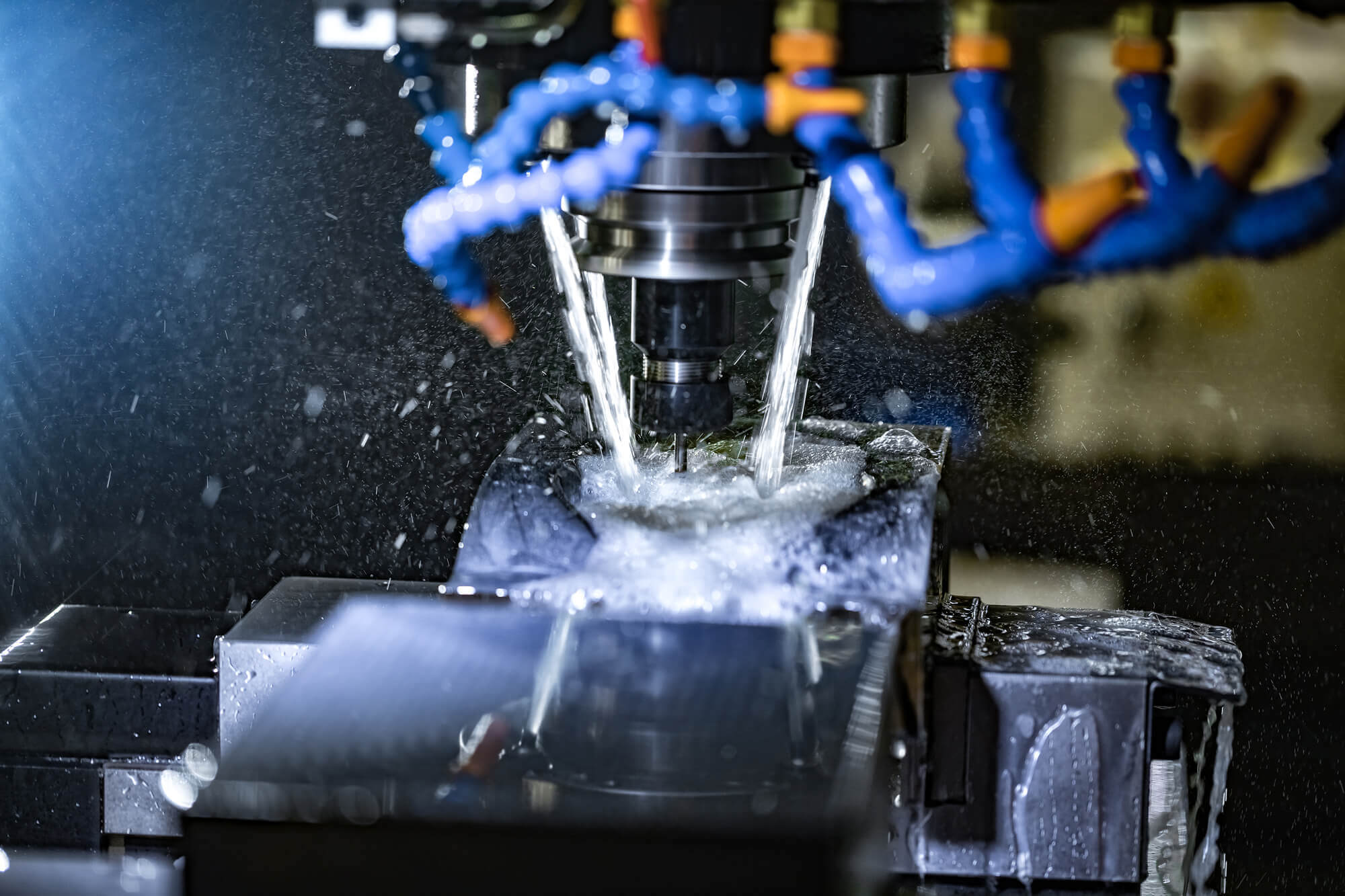3-AXIS CNC MACHINING
3-Axis Machining is a metal milling process that involves cutting parts on three different axes: X, Y, and Z. At Green Oak, we utilize 3-Axis Machining in a variety of different ways, including but not limited to: cutting precise edges, drilling holes into material, and milling out surfaces, contours, and slots into a material. Our machines allow us to cut to very tight tolerances with pinpoint accuracy.
A milling machine works by shaving and cutting away parts of raw material that is not needed. Multi-access milling and machining align the tool with the material, then works it down to the desired size and shape. The typical configuration moves the device while keeping your part stationary.
For 3 axis machining, the cutting tools move along three separated axes to mill the part you’re working on:
-
Back-to-front
-
Side-to-side
-
Up-and-down

The cutting tools are held horizontally or vertically. They spin while the piece being worked on stays in place. 3 axis machining can be used to mill slots, flatten surfaces, drill, tap holes, and cut sharp edges.
The cutting edge or cutter is an important component in the machining process, and is used by rotating and advancing on the work piece.
The various components of milling process are:
Cutter: an important component in the milling process, and it rotates and advances on the workpiece to cut away excess material from desired form.
Tools: used to shape and finish the surface area of a piece and also helps in smoothing it. Nearly all tools change their geometry as they wear out due to wear contact with workpieces
Benefits of 3 axis machining
-
The three axes move together, which allows more freedom to create complex components.
-
This machine is versatile allowing the production of fixtures, clamps, stocks, clamps, and more.
-
The machines can have an automatic tool changer, which allows for completing multiple objectives on one device.
-
Depending on the machining center, an upgrade can be made to more axes, if needed.
Green Oak Tool